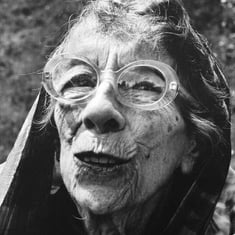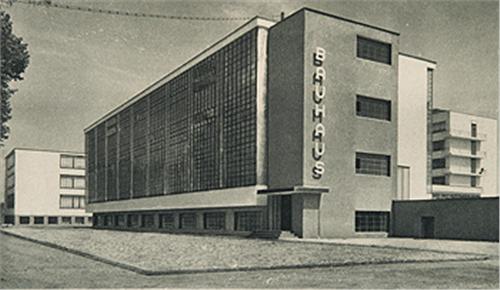
Karl Freund (1890-1969) was a German cinematographer and director best known for his work on Metropolis(1927), Dracula(1931), and I Love Lucy(1951-57). An innovator in his field, he is responsible for the unchained camera technique, developing the three camera system used to shoot situational comedies for television.
His career began at age 15, working as an apprentice projectionist under Alfred Duskes, a German film producer and director. Two years later, in 1907, Freund started his work at the International Cinematograph and Light Effect Society, where he worked as a projectionist and newsreel cameraman, before being drafted to fight in WWI. After being released from duty three months later, Freund went on to start a film laboratory in Belgrade, Serbia.
Continuing his career in film through the 1920s, he worked as DOP for some of the most influential films of the silent era thanks to a contract with UFA, including German Expressionist pieces such as, The Golem, The Last Laugh, and one of his most famous, Metropolis. Working alongside notable directors and building relationships with them, he served as the production head at Fox Eutopia Film from 1926 to 1929.
After gaining international acclaim for his German pictures, Freund emigrated to the United States in 1930, filming horror classics, Dracula and The Mummy, which he also directed. His success continued in 1937, when he received the Academy Award for his cinematography of The Good Earth. Working under contract for MGM and Warner Brothers, he founded the Photo Research Corporation of Burbank, manufacturing TV cameras and exposure meters. For this work, he received a technical award from the Academy for designing and developing the direct-read light meter. In addition to this, he is most noted for his innovation invention, the unchained camera. This technique, which was revolutionary for early films, allowed the camera to leave the tri pod and move about film sets. This allowed for thousands of new shots to be possible.














